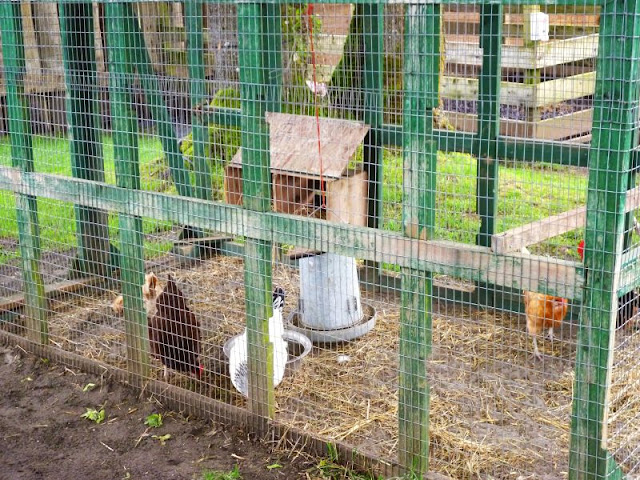The Fort Langley Historical Site
THE BEGINNING
Historically the functional Fort Langley had a relatively short life. From beginning to end it lasted some 60 years. The original structure was built by the Hudson's Bay Company in 1827. Due to circumstances resulting from an agreement with the Russian American (Fur) Company more emphasis was placed on the farming operation and the Fort was rebuilt 4 kilometres upstream (east) in 1839. Shortly thereafter it burned down and was rebuilt again in 1840.PERIOD OF GROWTH
Subsequently Fort Langley entered a period of dramatic growth in economic activity that confirmed its importance politically and geographically. The establishment of the 49th parallel as the international boundary with the US added to its official lustre.Activity in Fort Langley reach its peak with the Gold Rush of 1858. For all intents and purposes all prospectors would depart from Fort Langley on their trek to find fortune. To deal with the potential social and political upheavals caused by this great influx of American adventurers the British Parliament decided to provide for a crown colony on the Pacific Mainland with James Douglas as the first Governor of British Columbia. Fort Langley was the location of this proclamation on November 19, 1858.
DECLINE OF THE FORT
Over the next 30 years 3 factors contributed to the decline of the community and "the Fort" itself. River traffic was extended to Fort Hope and Fort Yale. The capital of the colony was established at New Westminster (later moved to Victoria). Competition developed for goods and services provided by the Hudson's Bay Company. These factors combined to lower the Fort's stature significantly. By 1886 Fort Langley ceased operations as a company post.REBIRTH
In 1923 Fort Langley was declared a site of national historic importance. In 1955 it was established as a National Historic Park. Restoration was begun for the celebration of the centennial of the Colony of British Columbia. The Fort Langley of today and the community around it provide a welcome respite from the strains and stresses of the "big city", for those who are so inclined.----------------------------------------------------------------------------------
Here are some pictures I took inside of the fort. I was very impressed with the way they rebuilt and refurnished it. Apparently they also usually have people dressed in period costumes roaming around the site as well which lends an even more authentic air to the surroundings.
The main house (in white) where the guy in charge and his family lived.
The little window in the wall of the barricade is where they did their trading from.
A beaver hat
A traditional native hat
Various goods that were traded for the animal pelts and salmon
Everything was stored in barrels for transport. They made their own barrels at the fort.
There was also a blacksmith shop
Your accommodations while staying at the fort might look like this
The fort had a kitchen garden and some edible animals as well as large farms at another location to provide food for everyone.
The ramparts on the wall to keep an eye on the surroundings
Did you like this post? Share it! Tweet it! "Like" The Eclectic Ark on Facebook! Thanks, your awesome,




























No comments:
Post a Comment
Thank you so much for taking the time to leave me a comment, Rhianna